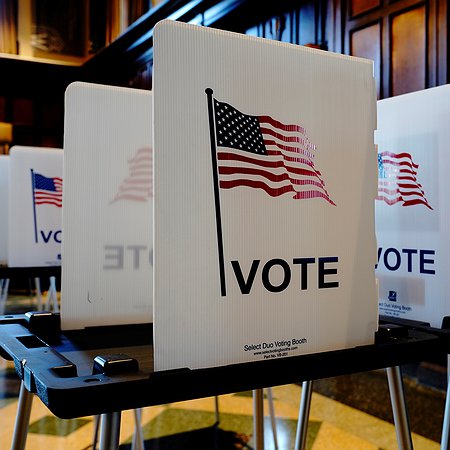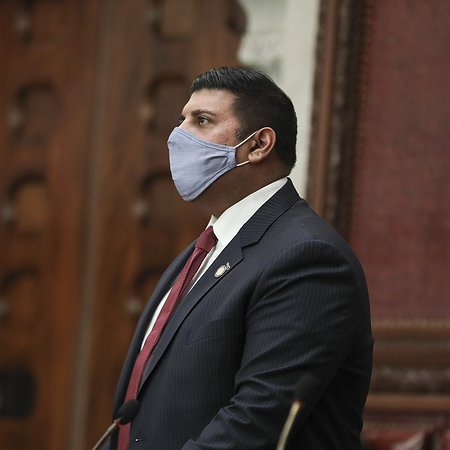Suffolk County DA Proposes Tired War On Drugs Policies To Address Opioid Crisis
Ray Tierney called for a series of unimaginative and failed solutions to address the state’s challenging opioid crisis.
The Briefing

Suffolk County District Attorney Ray Tierney proposed a series of unimaginative and failed solutions to address the state’s challenging opioid crisis. While no one would underplay the devastating consequences of the opioid crisis across the country, we have decades of evidence showing that Tierney’s ideas – locking more people up pre-trial and enacting longer sentences for people convicted of drug crimes – do not work, instead magnifying harm that disproportionately affects Black and Brown New Yorkers.
The War On Drugs has failed
Citing fentanyl overdose deaths, Tierney proposed expanding the crimes eligible for bail to allow judges to jail more people accused of selling synthetic opioids like fentanyl. He also voiced his support for Hochul’s proposal to eliminate the least restrictive means standard that judges use in bail eligible cases, as well as the introduction of a “dangerousness” standard in New York.
But these tough on crime policies are not effective. The United States’ 50-year war on drugs gave rise to the most incarcerated nation in the world, but it did not reduce the demand for drugs, instead increasing stigma, marginalization, and danger. We know that putting people in prison to minimize the possibility of reoffense does not work. Enforcement of drug laws is racist, disproportionately affects Black and Brown Americans, and devastates communities. Tierney’s proposals would exacerbate existing racial disparities in the criminal legal system.
Pretrial detention is devastating for people struggling with drug addiction
Moreover, people who are arrested for drug crimes are often suffering from drug addiction themselves. A punitive approach to drug addiction that includes incarcerating those struggling with substance use is harmful and often deadly. People incarcerated pretrial at Rikers Island are dying from overdoses at an alarming rate, more than twice the national average.
Marvin Pines, a 65-year-old man charged with selling drugs, died at Rikers last month after staff administered Narcan twice. Seven jail staff members were suspended after Pines’ death, and reporting indicates Pines was sick for hours as staff failed to check in on him. He was found unresponsive in a bathroom by another incarcerated person. His bail was $25,000, which amounted to a death sentence.
Fentanyl is undetectable without a test and difficult to trace
Tierney also proposed a “death by dealer” law that would increase penalties for people who sell drugs that lead to another person’s death. This makes no sense. In New York, a judge can set bail for any crime that results in someone’s death. If law enforcement has evidence that a person sold drugs to someone who later overdosed and died, prosecutors can ask a judge to set bail.
Fentanyl is undetectable by sight, smell, taste. People who use and sell drugs often do not know that the product contains fentanyl, and don’t have control over supply. As the Drug Policy Alliance writes: “fentanyl is often brought from outside the country and often added into heroin high up in the supply chain, even when done in the United States. By the time this supply makes it to the retail level, it may have been cut with even more adulterants, unbeknownst to people who use and sell it.” If Tierney was serious about preventing overdoses, he would focus his attention on how drugs are manufactured and imported into the United States, not demonizing New Yorkers at the end of the supply chain.
The opioid crisis is a national problem that will not be solved by putting more people in jail for longer. The issue has nothing to do with bail reform. In many jurisdictions that do not have bail reform, drug overdose rates are higher than the rate in New York.
Prosecutors like Tierney know this, but instead choose to exploit a devastating crisis to advocate for more New Yorkers in jail. A better use of political capital and resources would be to argue for Good Samaritan laws, expanded access to test strips and overdose-reversal medication, supervised used sites, and treatment resources.
Story Link
Story covering Tierney's proposal in the New York Post and an opinion piece by Tierney in Newsday








